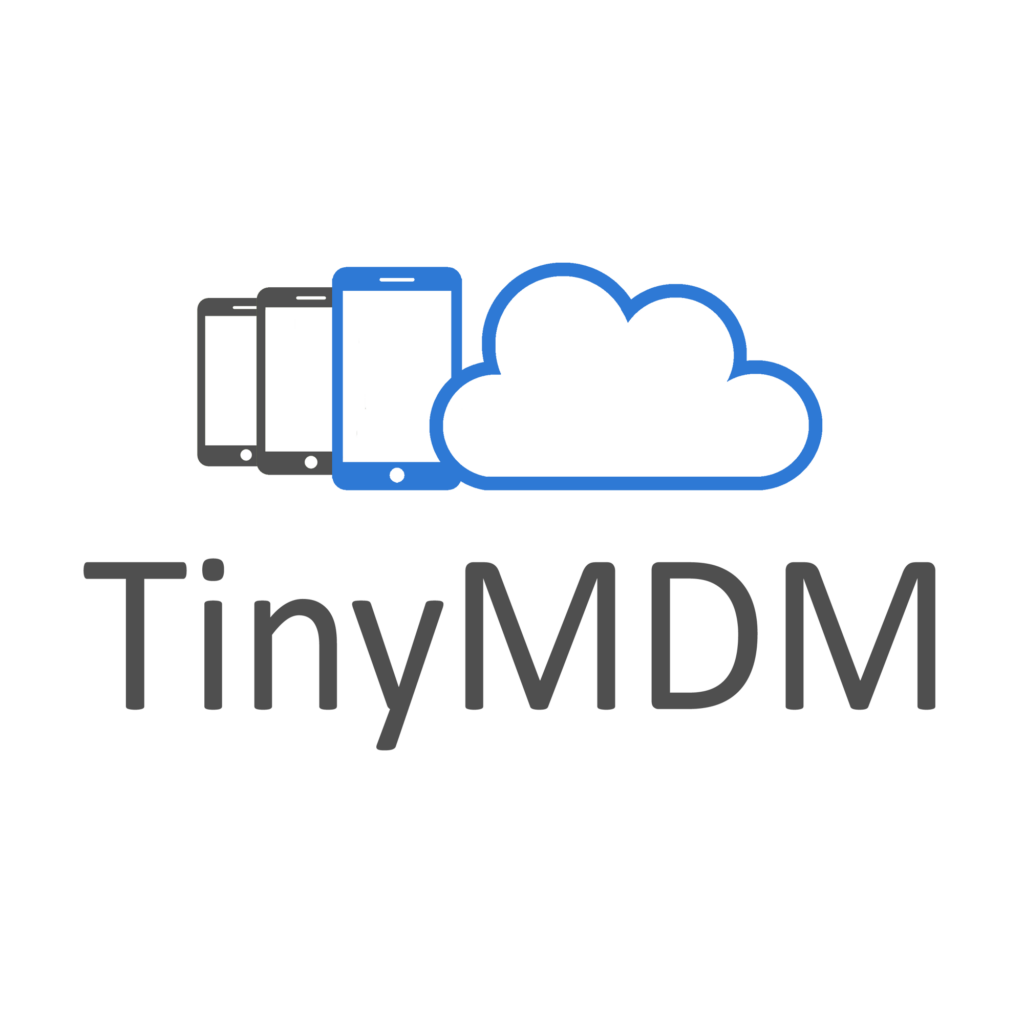Between efficiency gain and new challenges
In just a few years, mobile devices have completely transformed the world of work. Smartphones and tablets have become essential tools for communicating, collaborating, and accessing information at any time. This transformation has improved team flexibility and responsiveness, but it has also raised challenges: distraction, security, and work-life balance…
An unavoidable adoption
According to a 2024 Deloitte study, over 80% of employees use a professional mobile device daily. This widespread use is explained by the evolution of work styles: remote work, field mobility, hybrid or multi-site teams. Companies are looking to make their employees more autonomous and responsive by maintaining a seamless connection with their internal tools.
Mobility in general promotes flexibility, speeds up information exchange, and allows teams to act in real-time without waiting to be “at the office.” In a context where speed of execution is a real advantage for organizations, this permanent accessibility is a significant lever for productivity.

A driver of efficiency and collaboration
The professional use of smartphones and tablets offers numerous benefits. It facilitates communication between teams and strengthens their responsiveness. Where some decisions once took several days, they can now be made in minutes.
The most visible advantages include:
- More direct and instantaneous internal communication, thanks to corporate messaging and collaborative tools;
- Simplified access to information through business applications and file sharing;
- Responsiveness that allows for handling a customer request, a technical emergency, or validation without geographical constraint;
- Enhanced individual productivity through the ability to organize one’s work wherever one is.
In many sectors (industry, transport, commerce, healthcare, education…), mobility is no longer a simple convenience. Field employees can enter information in real-time, check their schedules, transmit photos, or reports instantly. The result: less wasted time, fewer errors, and better coordination between teams.
Challenges to master: security, concentration, and device management
This transformation, as positive as it may be, comes with challenges that would be risky to ignore. The first concerns data security.
The more mobile devices multiply, the wider the exposure surface expands: theft, loss, unsecured connections, unauthorized applications… the risks are numerous. A single flaw can expose confidential information or compromise an entire enterprise system.
Next comes usage management. In a BYOD (Bring Your Own Device) context, where employees sometimes use their personal device for professional purposes, the boundary between the private and professional spheres becomes blurred. Companies must therefore find a balance between flexibility and control, without harming the user experience or confidentiality.
Finally, digital distraction remains a major obstacle to productivity. According to a 2024 Insightful study, 62% of employees report that smartphone notifications negatively affect their concentration. The constant use of connected devices can reduce attention, generate stress, or even lead to cognitive overload.
The key role of Mobile Device Management (MDM)
To address these challenges, implementing a Mobile Device Management (MDM) solution is emerging as a strategic response. MDM allows organizations to centralize the management and security of their mobile devices from a single platform.
Concretely, it offers the possibility to:
- Remotely configure smartphones and tablets;
- Apply security rules (passwords, screen lock time, FRP etc);
- Limit access to certain applications only;
- Locate or remotely wipe a device in case of loss or theft;
- Securely separate personal and professional data…
By adopting an MDM solution, companies maintain control over their mobile fleet while ensuring a seamless experience for users. They can also better regulate usage, reduce distraction risks, and strengthen regulatory compliance (GDPR, internal policy etc).

TinyMDM: a simple, secure solution adapted to all companies
Among the available solutions, TinyMDM stands out for its ease of use and its approach centered on the real needs of organizations. Designed for companies of all sizes, this MDM software allows for quickly deploying, supervising, and securing a fleet of Android smartphones, tablets, or even rugged terminals. The intuitive interface facilitates onboarding, even without technical expertise, and the administration console provides clear visibility over all devices.
Furthermore, TinyMDM offers an ideal balance with its different management modes. The practice of BYOD can be supervised through the work profile, while strictly professional uses are suitable for the fully managed and kiosk modes.
In a world where mobility has become a standard, mastering its use has become strategic. Organizations that integrate management solutions like TinyMDM transform mobility into a real accelerator of productivity, rather than a source of complexity.
